Next up, a 90-minute concert by jazz all-stars playing 27 Ellington tunes. This was followed by a jam session (guests, military, all stars) that lasted until two in the morning. A summary of this stellar event excerpted from my White House jazz book The Best Gig in Town appears below.
On the evening of April 29, 1969, President Nixon awarded the Medal of Freedom to Duke Ellington—the first time in United States history anyone in jazz had been so honored. To pay tribute to the maestro, a stunning array of jazz greats assembled in the East Room of the White House (another first) and performed twenty-seven Ellington songs in a ninety-minute concert.
This stellar evening will undoubtedly be remembered as one of the most glittering in the history of the White House.[1]
Both Ellington and jazz had to travel a decades-long journey to have their music heard at the presidential mansion. Born at the turn of the twentieth century in New Orleans and its environs, jazz spread slowly at first and then caught like wildfire in the 1920s as it swept through major cities, including Washington, DC. Yet one spot in the nation’s capital remained impenetrable to this new music for forty years.
Starting in the 1930s, Ellington took steps to bring jazz to the White House, arranging an audience with President Hoover in 1931. Despite being publicized in the newspapers, the meeting never took place. Three years later, Duke tried again, this time with the Roosevelts, but he was politely rebuffed.
It took nearly three more decades for jazz to make its first appearance: President Kennedy invited the Paul Winter Sextet to perform at the White House in 1962, following their overseas tour. But still no Duke. Then finally, in 1965, during Lyndon Johnson’s tenure, Ellington and his orchestra were invited to give the final performance at the White House Festival of the Arts on the South Lawn. At age sixty-six, he had at last arrived.[2]
As to who initially conceived the idea of a White House party for the maestro on his seventieth birthday on April 29, 1969, all evidence points to his public relations man, Joe Morgen, Duke’s representative for more than twenty years.
After laying the groundwork for this singular event with his Washington contacts, Morgen was distressed to learn that Ellington was cool to the plan. In his memoir, Duke’s son Mercer discloses that his father’s reluctance to accept stemmed from his concerns about allying too much with one political party. “Joe insisted and insisted until ultimately [sister] Ruth indicated that she wanted the party to take place. Then Pop agreed to it.”[3]
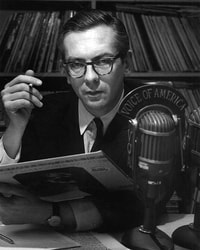 Willis Conover. Wikimedia.
Willis Conover. Wikimedia.
He was well known to President Nixon—and to the world—as the voice of American music, the voice of jazz. In short order, Conover assembled an all-star band for the Ellington tribute, consisting of a four-piece rhythm section and a six-horn front line, complemented by two singers, three guest pianists, and a conductor.
When the big night arrived, the guest of honor, accompanied by his sister, Ruth, stood with President and Mrs. Nixon in a reception line to welcome the quests. After the banquet in the State Dining Room, everyone moved en masse to the East Room, where Nixon presented the Medal of Freedom to Ellington. Much to the audience’s surprise, the president sat at the piano and led everyone in singing “Happy Birthday.”
It was now time for the concert. As master of ceremonies, Conover introduced the Ellington songs—from “Take the ‘A’ Train” to “Don’t Get Around Much Anymore” to “It Don’t Mean a Thing”—performed by such jazz giants as Dave Brubeck, Earl “Fatha” Hines, J. J. Johnson, Gerry Mulligan, and Clark Terry. The audience responded with booming applause throughout the evening.[4]
This singular White House jazz event reverberated throughout the jazz arts community like none other before. It was about recognition, about respect, and about honor. It reverberates still.
Ellington’s tribute also had an enormous impact on the African American community and on the millions worldwide who viewed a USIA documentary of the event (a White House first) and listened to radio broadcasts over Voice of America on Willis Conover’s daily jazz program.
Jazz critic Leonard Feather, one of the after-dinner guests, later wrote this about the evening:
It would have been easy to write off the whole affair cynically as a political ploy. True, it redounded to the president’s benefit . . . nevertheless, what took place that night transcended questions of either politics or race. . . .
Respectability was the name of the game, and respectability is what Ellington, more than any other man living or dead, had brought to jazz in his music, his bearing, and his impact on society.[6]
*Excerpted from The Best Gig in Town: Jazz Artists at the White House, 1969–1974.
To learn more about the tribute, read Ellington at the White House, 1969. Packed with details and photos, it not only covers that amazing evening, but also presents a history of early jazz at the White House.
- For a full account of the Ellington tribute, including details about the jazz all-stars and the music performed during the concert, see Edward Allan Faine, Ellington at the White House, 1969 (Takoma Park, MD: IM Press, 2013).
- A short clip of the Paul Winter Sextet at the White House on November 19, 1962, is available for viewing here under “Count Me In.” The sextet was, in fact, the first entertainment of any kind filmed at the president’s mansion; Harvey G. Cohen, Duke Ellington’s America (Chicago: University of Chicago Press, 2001), 498–99.
- Mercer Ellington with Stanley Dance, Duke Ellington in Person: An Intimate Memoir (Boston: Houghton Mifflin, 1978), 186.
- The recording of the all-star concert is available on CD: Duke Ellington 1969: All-Star White House Tribute, Blue Note, 2002.
- Terence M. Ripmaster, Willis Conover: Broadcasting Jazz to the World (Lincoln, NE: iUniverse, 2007), 142.
- Leonard Feather, From Satchmo to Miles (New York: Stein and Day, 1974), 57.
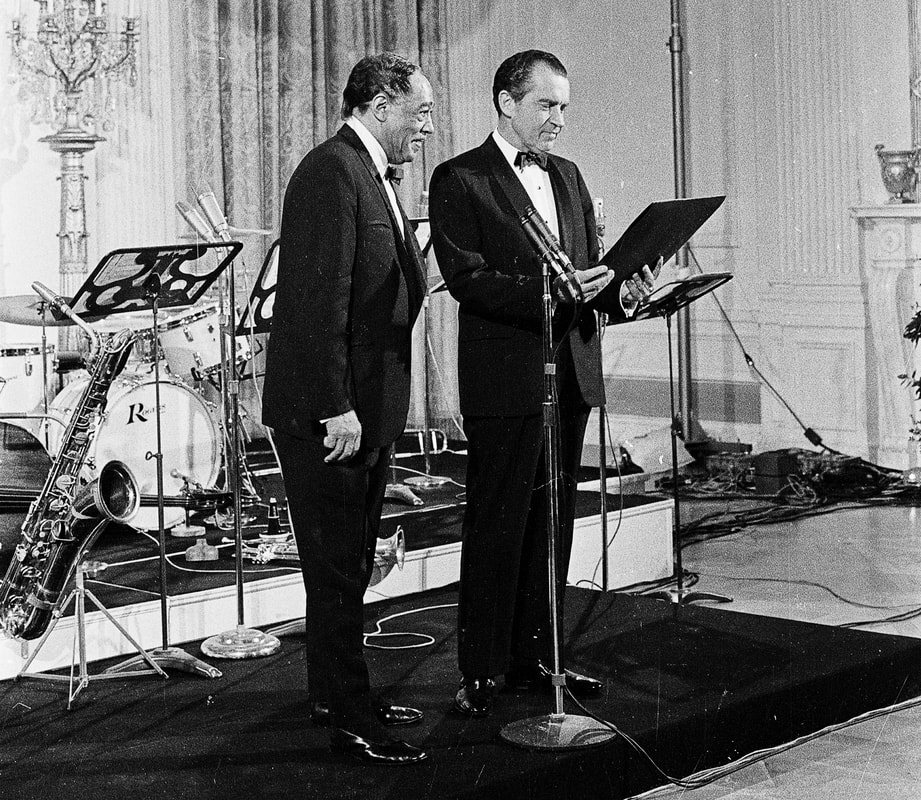
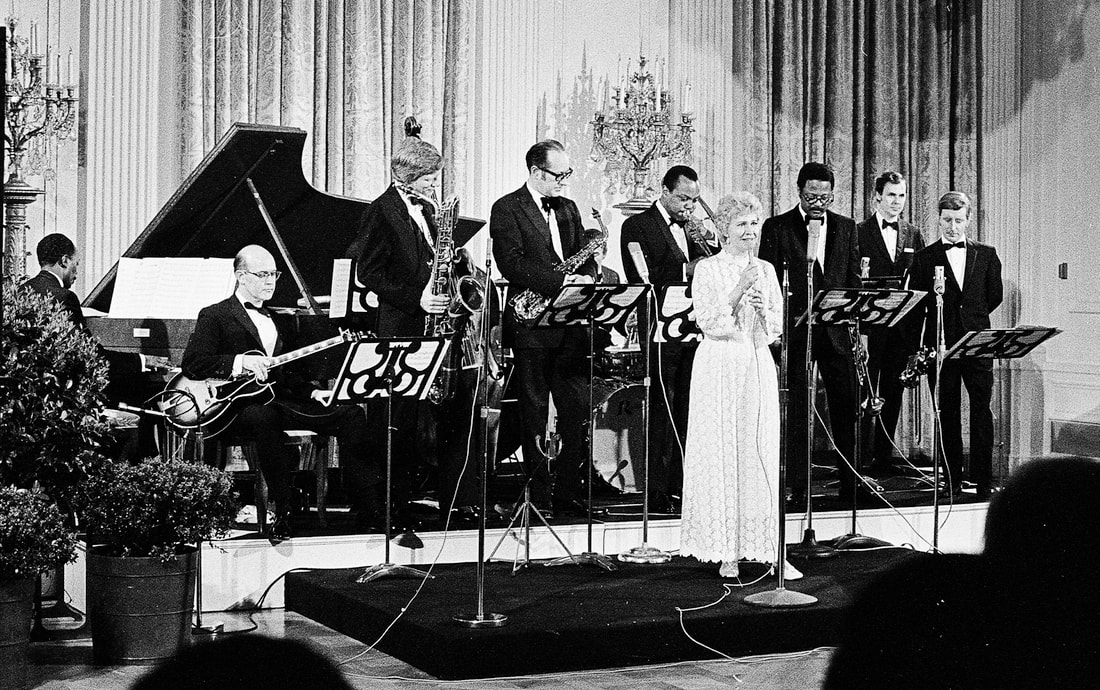
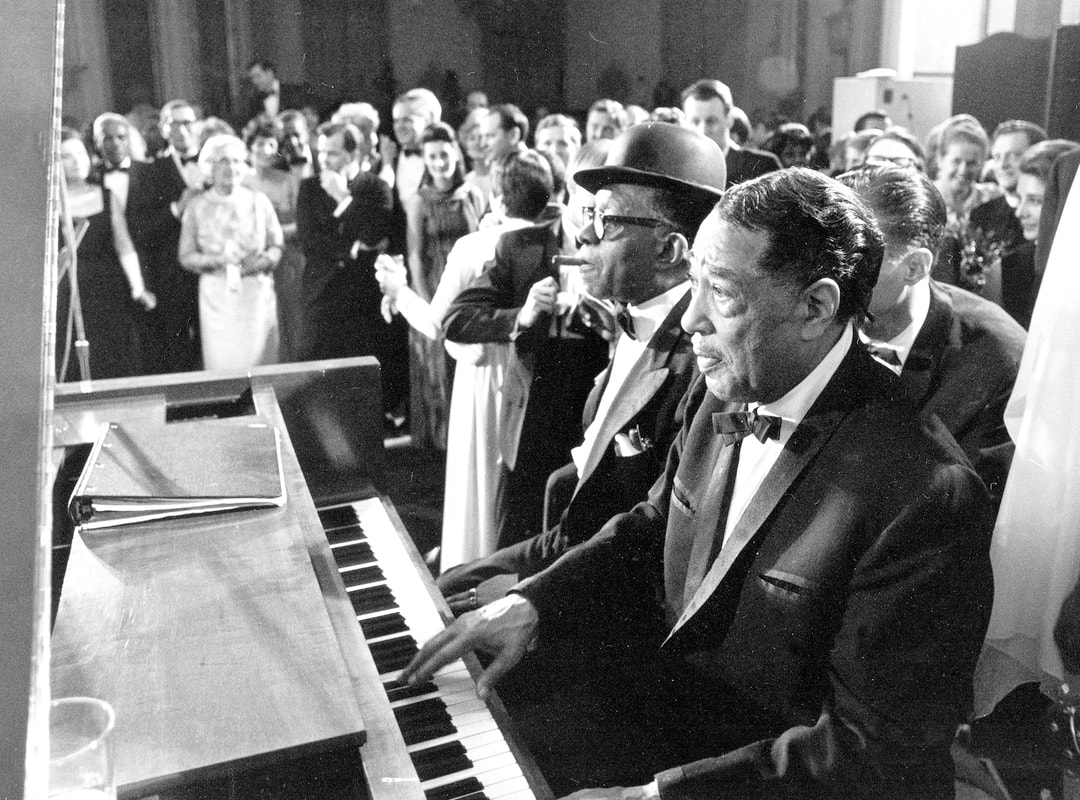
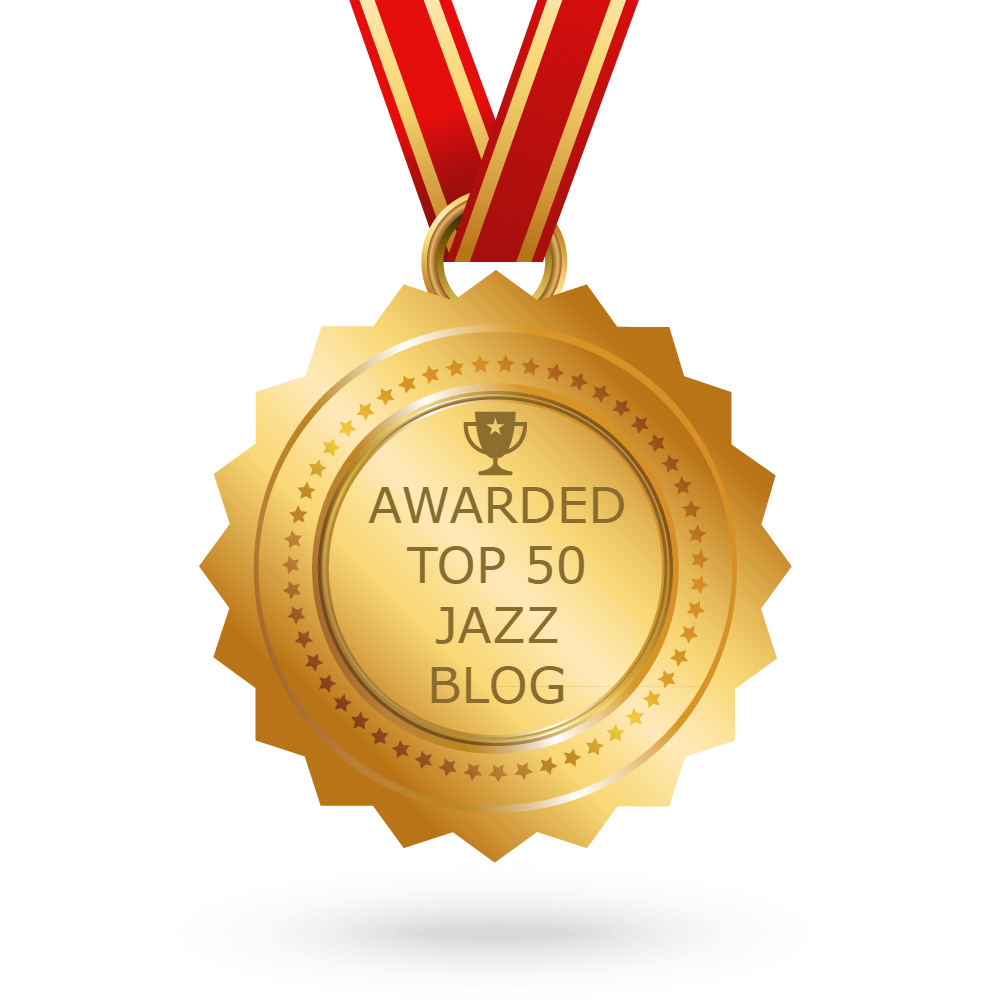
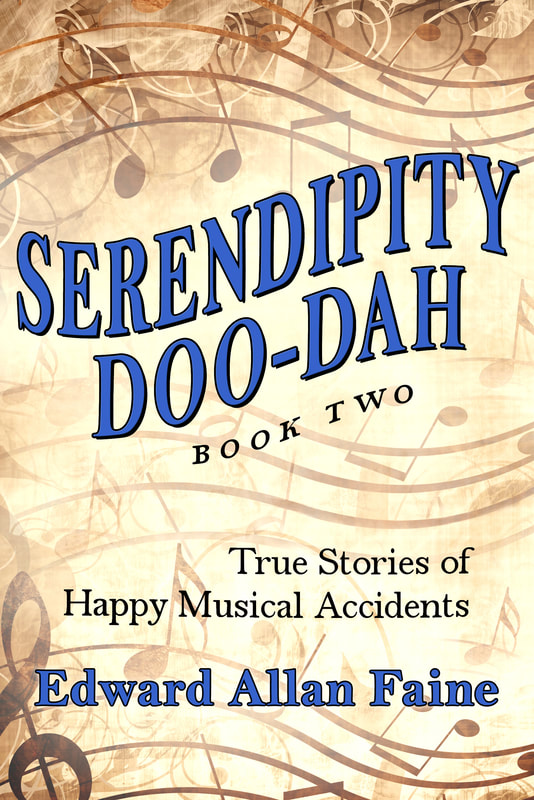

 RSS Feed
RSS Feed